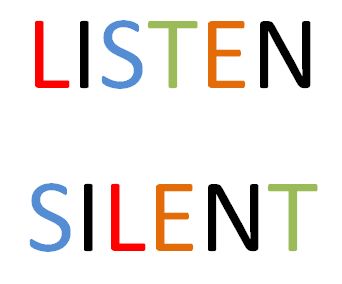XC Research Blog

The Microsoft Office team recently studied how to improve children’s comprehension of privacy settings in order to improve our privacy consent and control experiences for children. Before making any changes, there are many user experience decisions to consider. We want…

The next 12 to 18 months will be a crucial period for individual organizations committed to change to make this transition by listening closely to employees and communicating clearly as they experiment with different ways of working. Here’s what we…

The true cost of your idea
Each idea we implement, whether it succeeds or fails, has hidden costs which we often don’t consider. These hidden costs may be contributing to your idea not being fully used by your customer.

Our guidelines for informing inclusive product design for students are a work in progress. We began with Microsoft’s universal design principles and the Universal Design for Learning guidelines and supplemented those with research other teams within the company conducted with…

Direct customer interaction is key to understanding users’ changing needs. Over the past 18 months, researchers have adapted the methods they use to meet with customers in real time as there are many asynchronous methods that researchers use to practice…

The Jobs-to-be-Done (JBTD) framework that is gaining more and more traction among our research community. If you’re new to the JBTD, you may be taken aback by different approaches to defining a job and different schools of thought, and Jim Kalbach’s “The Jobs to be Done playbook” can be…

With physical products, it’s easy to see the impact from material sourcing, manufacturing and usage all the way to what happens at the end of a product’s life. When thinking about digital design, however, things get trickier. The resources used are far-removed and abstract concepts that…

A healthy workplace culture that emphasizes wellbeing isn’t just a passing phase. Leaders understand that improving workplace culture is a smart long-term investment.

For a Researcher meeting with a customer – even for almost any one-on-one conversation – silence is a useful tool. When Researchers give customers space to talk, to talk some more, and to consider what they’ve just said, we can…

